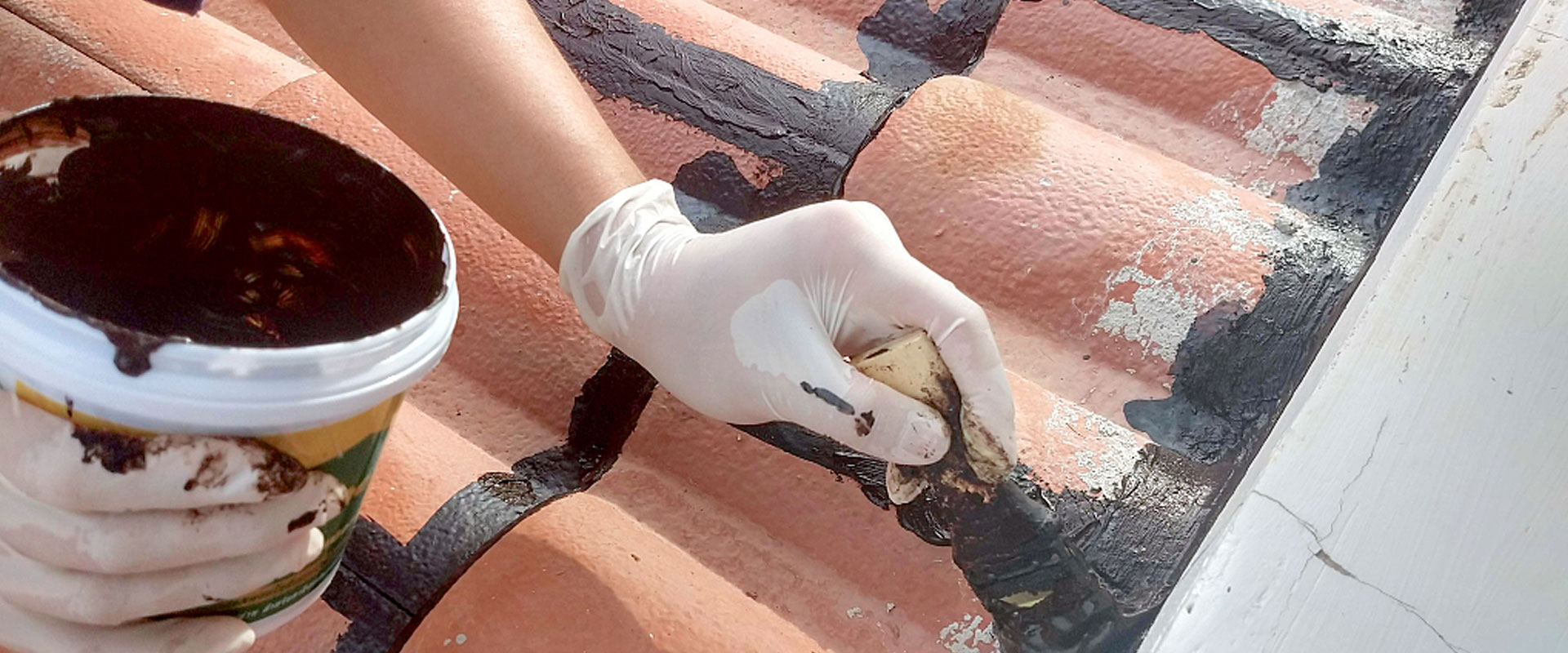close
Choose Your Site
Global
Social Media
Views: 1244 Author: Site Editor Publish Time: 2024-07-20 Origin: Site




When it comes to choosing a floor coating system, polyaspartic and epoxy are two of the most commonly compared options. Each offers distinct advantages depending on the specific requirements of your project. This article provides a comprehensive comparison between polyaspartic and epoxy coatings, focusing not only on performance but also the underlying technology, including the importance of polyaspartic resin in coating formulation.
Polyaspartic coatings are a type of polyurea coating derived from aliphatic polyisocyanates and polyaspartic ester resins. They are known for their rapid curing, superior UV resistance, and excellent flexibility. These characteristics make polyaspartic coatings a popular choice for garage floors, commercial facilities, outdoor walkways, and industrial sites where quick return to service is essential.
Epoxy coatings are thermosetting resins formed by the reaction of epoxy monomers and hardeners. They have been widely used for decades due to their strong adhesion, abrasion resistance, and cost-effectiveness. Epoxy coatings are especially suited for indoor environments such as warehouses, factories, laboratories, and home garages.

Polyaspartic: Fast curing (30–60 minutes), allowing same-day installation and quick return to service. Ideal for time-sensitive projects. Our LR-1420 and LR-1520 polyaspartic resins are designed for even faster curing and better performance.
Epoxy: Curing takes longer, often takes several days to dry before the floor can be fully used. This allows more working time but extends downtime.
Polyaspartic: Offers outstanding abrasion resistance, impact resistance, and flexibility. It performs well under temperature fluctuations and mechanical stress.
Epoxy: Highly durable but more rigid and brittle than polyaspartic, which can lead to cracking over time under heavy stress or substrate movement.
Polyaspartic: Excellent UV resistance. It does not yellow or degrade when exposed to sunlight, making it ideal for outdoor or high-light areas.
Epoxy: Susceptible to yellowing and chalking under UV exposure. Typically used indoors or with topcoats for protection.
Polyaspartic: Provides a high-gloss finish and accepts decorative flakes, quartz, or metallic pigments. It enhances visual appeal in showrooms, retail spaces, and decorative concrete surfaces.
Epoxy: Also customizable with color and flakes but has a lower gloss retention over time and may lose luster with age.
Polyaspartic: Low to zero VOC content, making it more eco-friendly and compliant with stringent indoor air quality regulations. It is nearly odorless during application.
Epoxy: Contains higher VOC levels and emits a noticeable odor during application. Proper ventilation is required for safe use.

Choose polyaspartic coatings when:
You need rapid installation and minimal downtime
UV stability and outdoor performance are critical
You require high flexibility and impact resistance
Low odor and eco-friendly formulations are important
Polyaspartic coatings are particularly well-suited for:
Parking garages
Wind turbine towers and blades
Industrial and commercial floors
Decorative and artistic floors
The superior performance of polyaspartic coatings stems from the unique chemistry of polyaspartic resin—a reactive amine compound created by reacting aliphatic diamines with dialkyl maleates. As a manufacturer of high-purity polyaspartic resin, we enable formulators to create high-performance, fast-curing coatings with excellent UV and chemical resistance.
Whether you're developing protective coatings for infrastructure, cleanrooms, wind energy, or architectural applications, the right polyaspartic resin plays a critical role in system performance.
Both epoxy and polyaspartic coatings offer valuable properties. If you're seeking long-term UV stability, fast curing, and high flexibility, polyaspartic is likely the better fit. For budget-conscious indoor applications where UV exposure is limited, epoxy remains a strong option.
We supply high-quality polyaspartic resins tailored for a range of industrial and architectural coatings. Contact us for formulation support, product data sheets, or technical consultation.
NEWSLETTER SIGN UP